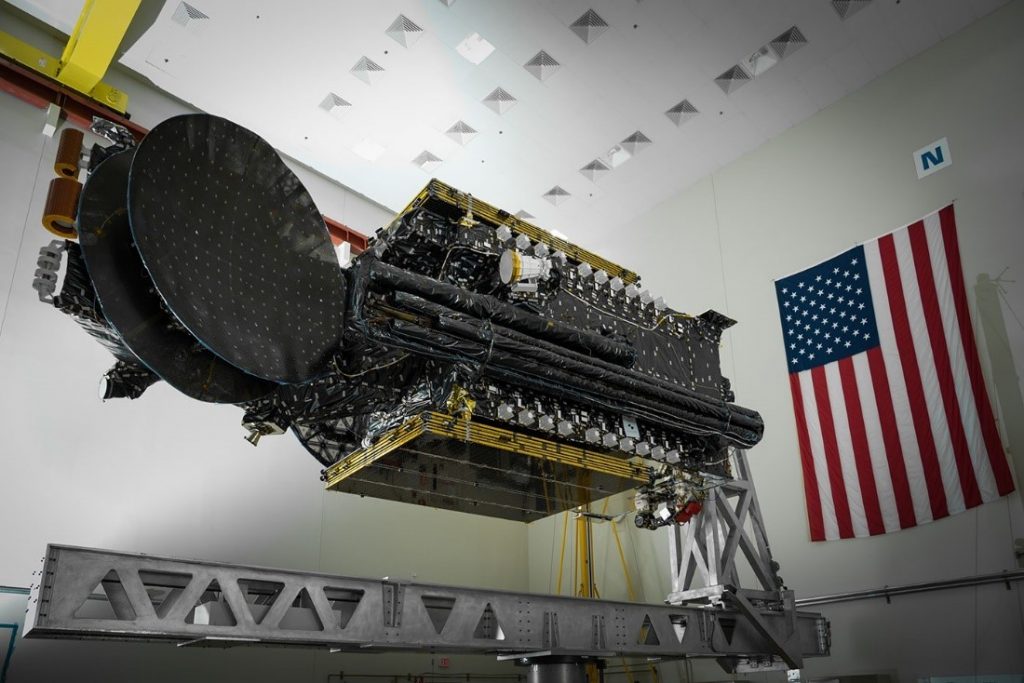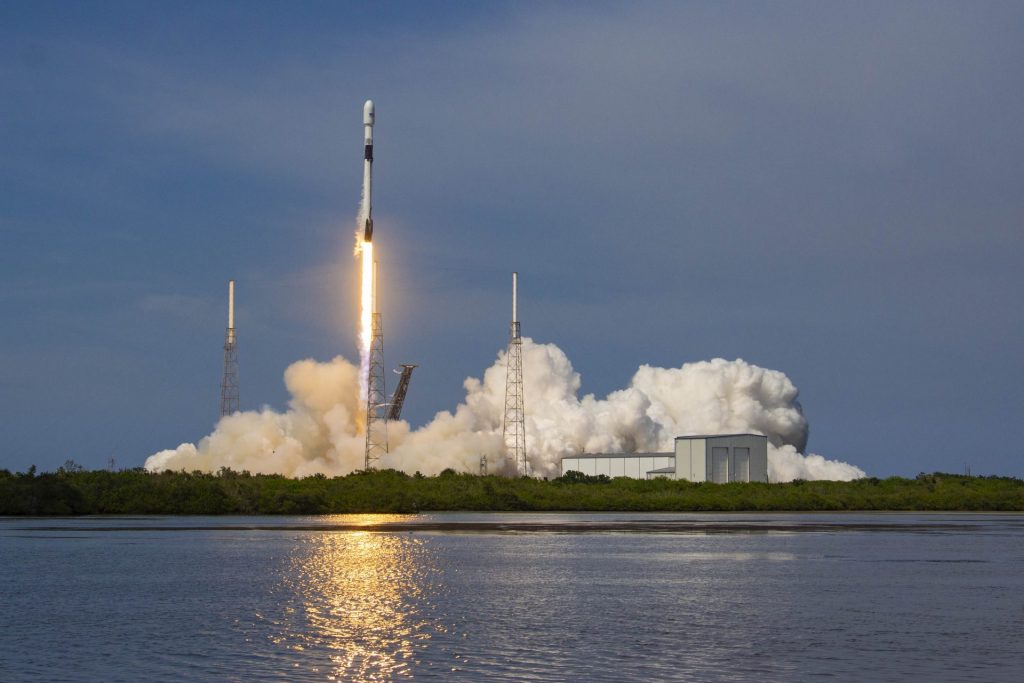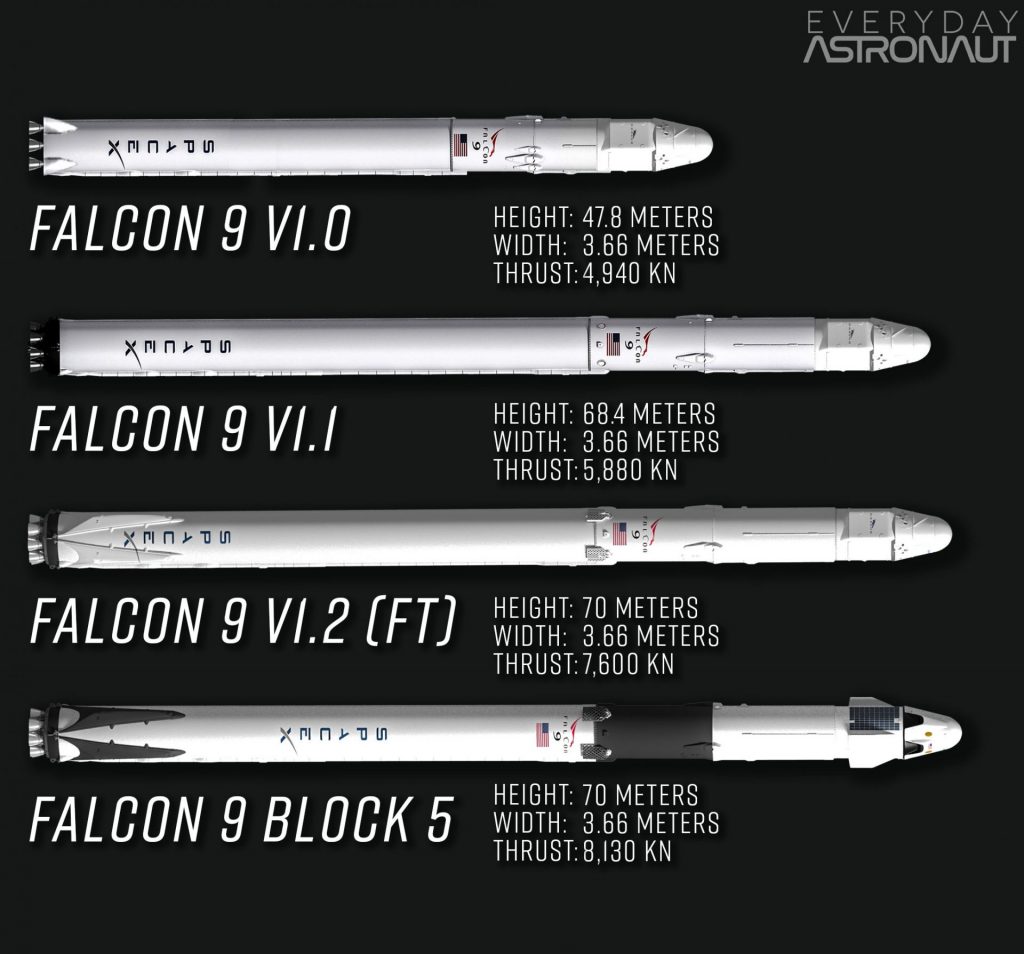Launch Window | December 13, 2020 – 16:21-18:22 UTC | 11:21-13:22 EST |
|---|---|
Mission Name | SXM-7 |
Launch Provider
| SpaceX |
Customer
| Sirius XM |
Rocket | Falcon 9 Block 5 B1051.7 |
Launch Location | Space Launch Complex 40 (SLC-40), Cape Canaveral Space Force Station, Florida, USA Note: name has officially been changed to CCSFS |
Payload mass | 7,000 kg (15,400 lbs) |
Where is the satellite going? | Geostationary Transfer Orbit (Final orbit: Geostationary Orbit, 35,786 x 35,786 km) |
Will they be attempting to recover the first stage? | Yes |
Where will the first stage land? | The first stage will land 643 km downrange on Just Read the Instructions (JRTI) |
Will they be attempting to recover the fairings? | Fairings will be recovered from the water, GO Ms. Tree and GO Searcher have been deployed (GO Ms. Chief is still damaged) |
Are these fairings new? | One fairing half is new and the other previously flew on ANASIS-II. |
How’s the weather looking? | The weather is currently 60% go for launch. (as of December 13, 2020 – 13:30 UTC) |
This will be the: | – Fastest a booster has reached 7 flights, by far, at 652 days (Previous record: 807) – Fastest turnaround time between 6th and 7th flight at 56 days (Previous record: 99) – 3rd fastest booster turnaround – 1st time a booster used more than 4 times has flown a primary commercial payload – 1st reused fairing half to fly on a non-internal mission – 102nd Falcon 9 launch – 48th re-flight of a booster – 20th re-flight of a booster in 2020 – 14th re-flight of a fairing half – 2nd 7th flight of a booster – 69th booster landing – 16th landing attempt on Just Read the Instructions – 19th consecutive landing, tying their longest streak – 25th launch for SpaceX in 2020 – 1st SpaceX launch on December 13 – 61st SpaceX launch from SLC-40 – 5th flight of B1051 in 2020 (This singular booster core has launched the same amount of times in 2020 as the Atlas V) – 105th orbital launch attempt of 2020 |
Where to watch | Official livestream |
What’s this all mean?
SpaceX will be launching the SXM-7 satellite to a geostationary transfer orbit (GTO). SXM-7 will launch on SpaceX’s Falcon 9 Block 5 rocket, which will mark the second heaviest non-classified payload SpaceX launched into GTO. The Falcon 9 will lift off from Space Launch Complex 40, at the Cape Canaveral Space Force Station, in Florida.
SXM-7 satellite
SXM-7 is a high power broadcasting satellite. The Sirius XM satellite constellation currently consists of 5 satellites in geostationary orbit. SXM-7 is one of two upcoming satellites, the other being SXM-8 which is launching in early 2021, aiming to replace the XM-3 and XM-4 satellites.
SXM-7 was built by Maxar Technologies and is based on their SSL-1300 satellite bus; a satellite bus is simply a set of core components that all satellites need (such as avionics, power, communication…) that customers can add to suit their needs. The satellite contains two large solar arrays and batteries for on-orbit storage. SXM-7 will operate in the S-band spectrum, between 2.32 GHz and 2.345 GHz. Each satellite has an operational lifetime of 15 years, after which the satellite is moved into a graveyard orbit.
The Sirius XM satellite constellation was formed in 2008 when Sirius and XM merged into Sirius XM. The constellation provides satellite radio and online radio services to a significant portion of the world.

What is Falcon 9 Block 5?
Falcon 9 Block 5 is SpaceX’s partially reusable two-stage medium-lift launch vehicle. Block 5 is the final iteration of the Falcon 9; the goal is to apply all the lessons learned from 56 previous Falcon 9 pre-Block 5 flights into a human-rated reusable rocket. The Falcon 9 contains 3 main components: a reusable first stage, an expendable second stage, and a reusable fairing or Dragon spacecraft.

Block 5 Updates:
SpaceX introduced a lot of changes on Block 5, allowing it to become the crew-launching reusable rocket that we know today. To start, the Composite Overwrapped Pressure Vessels (COPVs) had to undergo a complete redesign. NASA mandated the COPV redesign, as it had been the cause of both of the Falcon 9 failures: AMOS-6 and CRS-7.
Along with certification for human spaceflight, Block 5 came with a number of other major changes. To increase the amount of flight each booster could handle, and decrease the turnaround time, SpaceX reinforced the landing legs, upgraded the grid fins, and added a carbon fiber interstage. They also added heat resistant external paint and upgraded the engines. For more information about the changes in Block 5, and the other Blocks of the Falcon 9, check out this video by the Everyday Astronaut:

Falcon 9 B1051
The booster supporting this mission is B1051. This booster has flown six times. Its maiden flight was on SpaceX’s Demonstration Mission-1, which launched on March 2, 2019. Its second mission was launching the most expensive commercial payload launched, launching the RADARSAT constellation into orbit. Finally, the booster has been used on the V1.0 L3, V1.0 L6, V1.0 L8, and V1.0 L13 Starlink missions. As this is the booster’s 7th flight, this flight will change its designation to B1051.7.





I always love Trevor updates, clearly the man with the talent! I’m never left with questions after I read his updates
I know right? Trevor, and tbh the rest of the website team, are pretty awesome.
I’m mikki I’m jut ttb bio on nut dnm kiki i.v funk BBC by tdd ssh juju I’m ox fyi yes roo nut Gov GB GB
Is there an API for all this?
I was also going to ask lol.
If you are thinking of doing some projects in the space area let me know. Web/App(Android-iOS)
Nothing too interesting, I just want to make a discord bot that automatically puts all the details on launches in a channel…
So Tim won’t be streaming this launch?
Is the satellite going to GEO or MEO orbit ?
There’s contradictory info between you and spacex webcast.
69th booster landing. Nice.